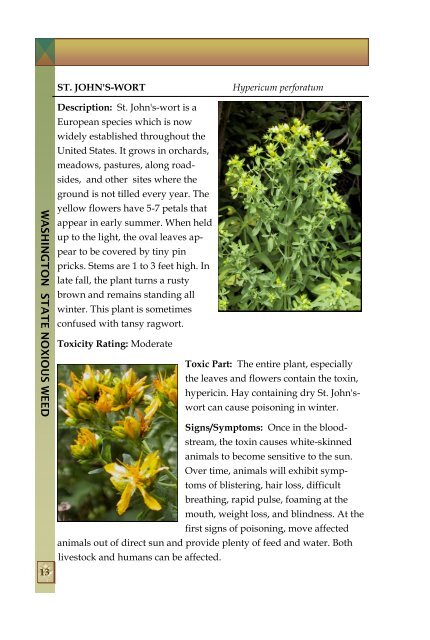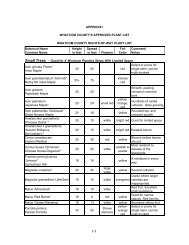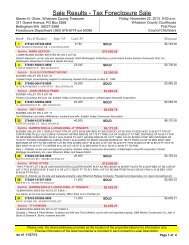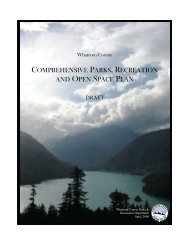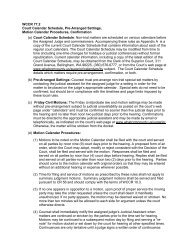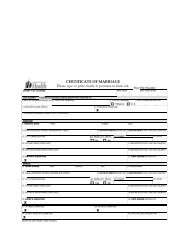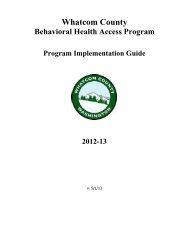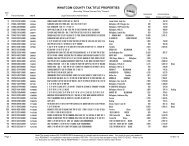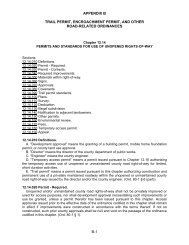Poisonous Plants Booklet - Whatcom County
Poisonous Plants Booklet - Whatcom County
Poisonous Plants Booklet - Whatcom County
Create successful ePaper yourself
Turn your PDF publications into a flip-book with our unique Google optimized e-Paper software.
WASHINGTON STATE NOXIOUS WEED<br />
ST. JOHN'S-WORT<br />
Hypericum perforatum<br />
Description: St. John's-wort is a<br />
European species which is now<br />
widely established throughout the<br />
United States. It grows in orchards,<br />
meadows, pastures, along roadsides,<br />
and other sites where the<br />
ground is not tilled every year. The<br />
yellow flowers have 5-7 petals that<br />
appear in early summer. When held<br />
up to the light, the oval leaves appear<br />
to be covered by tiny pin<br />
pricks. Stems are 1 to 3 feet high. In<br />
late fall, the plant turns a rusty<br />
brown and remains standing all<br />
winter. This plant is sometimes<br />
confused with tansy ragwort.<br />
Toxicity Rating: Moderate<br />
Toxic Part: The entire plant, especially<br />
the leaves and flowers contain the toxin,<br />
hypericin. Hay containing dry St. John'swort<br />
can cause poisoning in winter.<br />
13<br />
Signs/Symptoms: Once in the bloodstream,<br />
the toxin causes white-skinned<br />
animals to become sensitive to the sun.<br />
Over time, animals will exhibit symptoms<br />
of blistering, hair loss, difficult<br />
breathing, rapid pulse, foaming at the<br />
mouth, weight loss, and blindness. At the<br />
first signs of poisoning, move affected<br />
animals out of direct sun and provide plenty of feed and water. Both<br />
livestock and humans can be affected.


